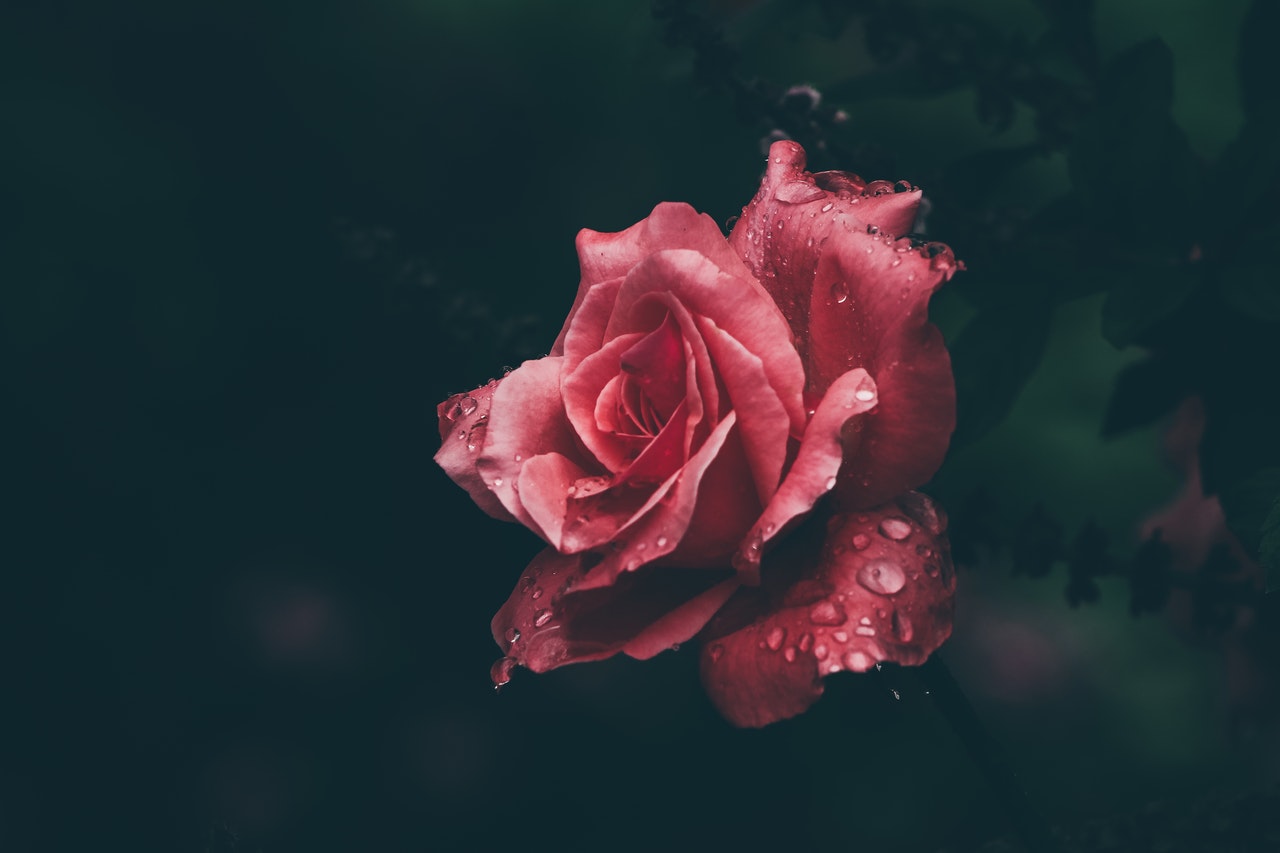Delhi is a historic, millennia-old city packed with forts, ruins, tombs and sacred monuments that are testament to the many civilizations that ruled from here. Today, it’s one of the greenest and most populous megalopolises (13 million residents and counting) in the world, offering stunning sights and unforgettable only-in-India experiences.
For the longest time, the city’s ancient attractions were only accessible (if you were a tourist) by an auto-rickshaw, or “auto” (what a three-wheeler—similar to a tuk-tuk—is referred to in these parts). But with the opening of the Metro in 2002 (dozens more stations and lines were added last year in the lead-up to Delhi’s hosting of the 19th Commonwealth Games), all you need now is a Metro card, and you can tap and go.
There’s just one thing you need to know about riding the Metro, and that is to push as hard as you possibly can until you’re in and out of the train. Nobody waits, nobody queues; it’s every man for himself. Women on the other hand enjoy specially designated ladies-only carriages which are considerably less crowded. Just look out for the pink stickers on the floors of the stations. With 132 stations and six color coded lines, single trips are priced between US$0.20 and US$0.70. Tourist Metro cards, with a refundable deposit of US$1.10, are available, too (1-day card US$2.20; 3-day card US$5.60). All of this makes the metro by far the most efficient way to explore the city. We start you off with eight key stops.
New Delhi
The Airport Express Metro line between Indira Gandhi International Airport and New Delhi Station opens in the first half of this month, making for a pleasant 20-minute ride into town. Exiting the Metro at New Delhi Station, you come to New Delhi Railway Station, where thousands buzz about coming and going from every corner of India. Heavy security is ever present; people sleep on the floor waiting for their trains and auto drivers look for customers.
On the other side of the railway station’s (20 or so) tracks, past a long line of restaurants, is Pahar Ganj. If you want to experience real, raw and unfiltered life in Delhi, Pahar Ganj is the place. People mill about streets lined with rubble, dust and rubbish, and one second here can mean the difference between crossing a road safely and being run over. But if you can cope without 5-star comfort, Pahar Ganj has much to offer. Countless budget hotels can be found here and their neon signs light up the streets at night. At Hotel Lal’s Haveli (8892/95 Multani Dhanda Pahar Ganj, (91) 11-2355-5766*), US$28 a night gets you a private, ensuite, double bedroom and a TV with 100 channels of cable (though approximately 85 are in various Indian languages). Add to that a rooftop restaurant with excellent Indian cuisine and room service, and you know you’ve got something good. Best of all, you just have to step outside to be right in the thick of things. There are eating houses, provisions shops and a variety of stores downstairs as well as two liquor shops across the main road. You can even watch a Hindi movie at Shiela Cinema (D B Gupta Rd., Pahar Ganj, (91) 11-2367-2100), purportedly India’s first 70mm picture house.
Rajiv Chowk
Pronounced Rajiv “chalk,” this is the Delhi Metro’s rough equivalent of Dhoby Ghaut. Passengers come here to transfer to other Metro lines which head out as far as the satellite cities Gurgaon and Noida. Above Rajiv Chowk Station is Delhi’s famous commercial center, Connaught Place. Centered on two semi-circles of grand colonial-era blocks that today house a variety of shops and restaurants, Connaught Place is symbolic of the contrast that is always associated with modern India. While big brand names occupy the blocks themselves, makeshift shops and roving peddlers producing souvenirs from their pockets share the space. The storefronts are kept clean and pristine, but the area between the Inner and Outer Circles is a huge mess. There are few places in the world where you can buy a Rolex, then head around the back for a casual pee against a wall. This is one of them.
Among the highlights of Connaught Place’s Inner Circle are the classy Indian jewelry of Takshh (A-7 Inner Circle, Connaught Place, (91) 11-2332-6594), bar and restaurant Zen (B-25, (91) 11-2335-7444) and traditional outfitters Kalpana (F-5, (91) 11-4152-3738). You can also pick up an Indian SIM card at The Mobile Store (B-1, (91) 11-6458-5815), useful if you’re here for any length of time.
If the classiness of Connaught Place has started to wear you out, then it’s time to visit Palika Bazaar, just beside Block F. Part subterranean shopping complex and part claustrophobia-inducing fire-hazard, Palika Bazaar is a labyrinth of shops selling knock-off clothes, belts, wallets, ties, toys, incense and DVDs (from classics to pornography).
Another great find back on ground level is Oxford Book Store (Statesman House, 148 Barakhamba Rd., (91)11-2376-6083) close to the Outer Circle’s Block M. Oxford rivals Borders or Kinokuniya with its range of books, and its relaxing Cha Bar is a good place to have a coffee and look out over the city. Oxford is typical of many establishments in Delhi, with a dingy exterior, but a palatial interior.
Chandni Chowk
An integral part of Old Delhi dating back to 1648, Chandni Chowk is the gateway to the first of Delhi’s three UNESCO World Heritage Sites, the Red Fort (Open Tue-Sun sunrise to sunset.). The history of the area becomes apparent long before you reach the Red Fort as sites of great religious importance line the path to it, some having stood for hundreds of years. Chandni Chowk begins at Fatehpuri Masjid (built in 1650) and towards the Red Fort, passes the Sikh temple Sis Ganj Gurudwara, the Central Baptist Church (built 1814), the Hindu Sri Gauri Shankar (with an 800-year history) and Sri Digambar Jain Temple (built in 1656), famous for its bird hospital.
Entry to the Red Fort costs US$5.50 for foreigners but only US$0.25 for Indian citizens, so if you think you look local enough, by all means try your luck. Built in 1648 by Shah Jahan of Taj Mahal fame, the Red Fort is a reminder of the Mughal Empire’s might. As soon as you enter, you’re greeted by a row of shops which have, incredibly, been here for over 350 years. Today, they sell trinkets and souvenirs of all sorts. The Red Fort complex is a sprawling area of museums and majestic pavilions—take your time, relax on one of its fields and soak in the opulence.
Once you’re outside the Fort, you can take a short auto ride to another Delhi landmark, Jama Masjid. This grand mosque with its towering domes and minarets was built in 1657 and can accommodate over 20,000 worshippers.
Khan Market
With all the stresses of being in a new city, finding a place that can lift your spirits is invaluable. Khan Market (closed on Mondays) is one such place. Head up out of Exit 4 to get to this quiet, upmarket enclave. With boutiques, art galleries, souvenir shops and book shops which, yes, stock the Kama Sutra, it’s a great place for a retail stroll. Khan Market is particularly well known for its restaurants and cafes like The Kitchen (75 Khan Market (91) 11-4175-7960), which has received accolades from the likes of The Hindustan Times. Interestingly, the menu there contains “Singapore Chili Prawns” and “Malaysia Hawker Noodles.”
Khan Market is also the station closest to the famous Delhi Golf Club and near the second of Delhi’s UNESCO World Heritage Sites, Humayun’s Tomb (Open daily, sunrise-sunset. US$5.50). Thought of by some as a mini-Taj Mahal, the tomb of the Mughal Emperor Humayun and the magnificent Char Bagh garden complex which surrounds it is also the final resting place of many other Mughal royals. Built in 1572, the structure of marble and sandstone is intricately decorated and was a precursor to all future Mughal architectural marvels including the Taj Mahal.
After seeing his mausoleum, it is worth noting the manner in which Emperor Humayun met his end. The deeply religious Muslim Emperor kneeled whenever he heard the call to prayer and, hearing it on the staircase of his library one day, he made the gesture. As he did, his leg got caught in his robes and he fell down the stairs, dying shortly after.
Qutab Minar
The third of Delhi’s UNESCO World Heritage Sites is arguably its most enthralling. Rising above the tree line about two kilometers away from the Metro station, Qutub Minar (Open daily, sunrise-sunset. US$5.50) (note the difference in spelling from the Metro station) is an icon of Delhi; just look at your Metro card or token. It’s one thing to see it in pictures or from a distance, and it’s another thing entirely to stand in its shadow.
Topped out at over 70 meters, making it the world’s tallest brick minaret, Qutub Minar’s pristine condition makes it hard to imagine that its history spans 800 years. The construction of the complex began in 1192 under the Mamluk Sultan Qutb-ud-din Aibak, who was once a slave, and was completed by his successor, Iltutmish. The tower itself is made of red sandstone and white marble, and is adorned with Arabic inscriptions and elaborate balconies.
The Qutub Complex could take an entire day to explore, as beyond the Minar, there is much to discover. As old as the Minar, Quwwat-ul-Islam Masjid is a grand mosque built using materials taken from 27 Hindu and Jain temples that once stood in the area. Among the many royal tombs, ruins and the unfinished remains of a Minar meant to be even taller than Qutub Minar, is the mysterious Iron Pillar. Standing seven meters tall, the Iron Pillar is said to be at least 1,600 years old, and it was a part of the Hindu and Jain temple complex that preceded Qutub Minar.
Central Secretariat
Emerging from Central Secretariat Station you’ll find yourself at the political heart of India. The flawless symmetry of the Cabinet Secretariat’s twin blocks and the grand Sansad Bhavan (Parliament House) and Rashtrapati Bhavan (Presidential Palace) adjacent to them are potent symbols of the world’s largest democracy. Down Rajpath, where India’s annual Republic Day parade takes place, the commanding silhouette of India Gate stands guard. India Gate is a memorial to the Indian soldiers who fell fighting for the British during World War I and the Third Anglo-Afghan War. The Indian Army’s Tomb of the Unknown Soldier is located onsite.
Race Course
A rather idyllic spot, Race Course is close to a site sacred to the memory of Mahatma Gandhi, and is also near the diplomatic area of the city.
Heading right down Aurangzeb Road, and making a left at a roundabout onto Tees January Marg, you’ll find Gandhi Smriti (Open Tue-Sun, 10am-5pm. Free). Within is the Eternal Gandhi Multimedia Museum, and more significantly, Gandhi Smriti is where the Mahatma spent the final days of his life. Here, you can walk alongside the final path that Gandhi took, before arriving at the exact spot where the great man was assassinated.
Heading left on Aurangzeb Road instead, then onto Kamal Ataturk Road, a tree-lined path leads to Old Willingdon Camp, home to Santushti Shopping Complex (Chanakyapuri, (91) 11-2466-9043). Surrounded by manicured lawns, local boutiques, jewelers and restaurants are housed within charming little buildings. The sounds of the city are drowned out by birdsongs in this alcove.
Nehru Place
One of the most spectacular modern landmarks in Delhi the Bahá’í House of Worship or Lotus Temple (Open daily, 9am-sunset. Free) is simply breathtaking. The recipient of numerous architectural honors, the Lotus Temple is one of the most visited buildings in the world. Its façade consists of 27 massive marble petals and it is surrounded by gardens and ponds. In accordance with the Bahá’í faith, all are welcome to worship in the temple regardless of religion.
Delhi is a city which grows on you. Its tempest of sounds, smells and sights —refrigerated water served by the glass at kiosks, cigarettes sold by the stick, hawk-filled skies and the dust-in-your-lungs thrill of an auto ride— will remain with you long after you’ve parted ways with it.





